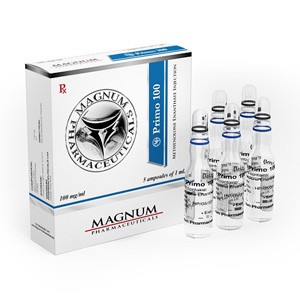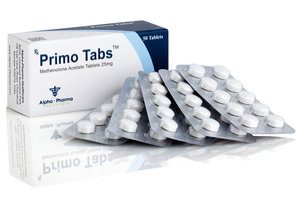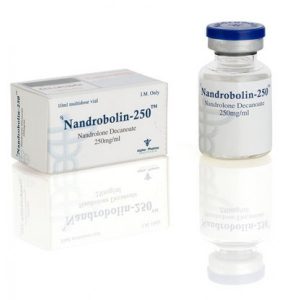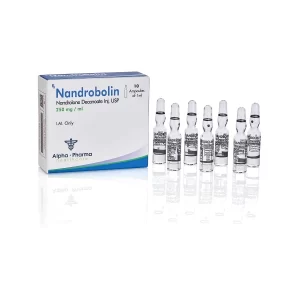Anabolic steroids are synthetic variations of the male hormone testosterone, used for enhancing muscle growth, strength, and performance. While many steroids have potential benefits, some anabolic steroids are known to convert into estrogen in the body through a process known as aromatization. This conversion occurs when the aromatase enzyme interacts with the steroids, leading to estrogenic side effects in some users.
Properties of Aromatizable Anabolic Steroids
- Aromatizable steroids have the potential for estrogenic side effects: As these steroids convert to estrogen, users may experience issues gynecomastia (male breast tissue enlargement), water retention, and increased fat storage. The degree of aromatization and subsequent risk of side effects varies between different steroids based on their molecular structure.
- Different response among individuals: The rate of aromatization and subsequent estrogenic side effects is influenced by factors such as genetics, sensitivity to estrogen, and individual steroid metabolism. Some people may experience more side effects due to higher rates of aromatization, while others may not face any issues at all.
- The role of aromatase inhibitors (AIs) and selective estrogen receptor modulators (SERMs): To combat the estrogenic side effects associated with aromatizable anabolic steroids, users often employ AIs and SERMs during their steroid cycle or post cycle therapy (PCT). AIs, such as Arimidex and Aromasin, inhibit the aromatase enzyme, reducing the conversion of steroids into estrogen. SERMs, including Nolvadex and Clomid, block estrogen receptors in the body, mitigating the impact of estrogenic side effects.
Examples of Aromatizable Anabolic Steroids
- Testosterone: As a naturally occurring androgen, testosterone is the primary hormone to aromatize in the body. All forms of exogenous testosterone, including Testosterone Enanthate, Testosterone Cypionate, and Testosterone Propionate, are subject to aromatization and can cause estrogen-related side effects.
- Dianabol (Methandrostenolone): Dianabol is a potent oral anabolic steroid known for its rapid muscle and strength gains. However, it is also highly aromatizable, significantly increasing the risk of estrogenic side effects.
- Deca Durabolin (Nandrolone Decanoate): Deca Durabolin, a popular injectable steroid for mass and strength gains, has a relatively low rate of aromatization compared to testosterone; however, it can still contribute to estrogenic side effects, especially when used in high doses.
- Boldenone (Equipoise): Equipoise is an injectable steroid known for its ability to enhance muscle mass, strength, and endurance. Though its rate of aromatization is lower than that of testosterone, users who are particularly sensitive to estrogen may need to be cautious with its use.
Aromatizable anabolic steroids, while potentially producing desired muscle gains, can also cause estrogenic side effects in some users. Understanding the properties of these steroids and taking appropriate protective measures, such as using AIs or SERMs during cycles, can help minimize the risk of undesirable side effects.
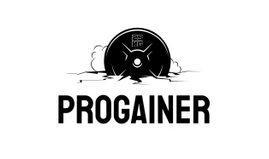
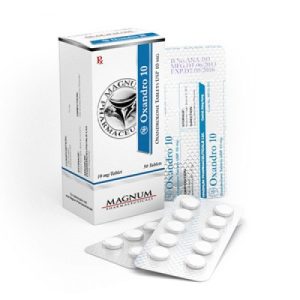 Anavar For Women
Anavar For Women 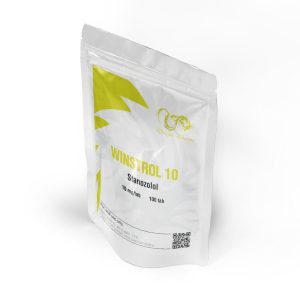
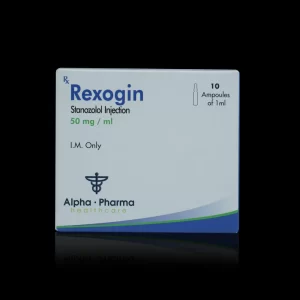
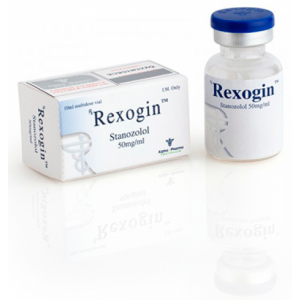
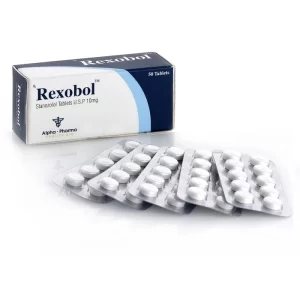
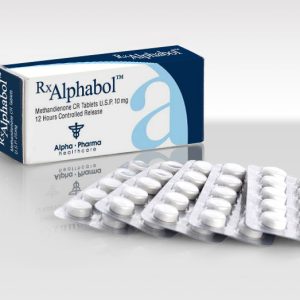
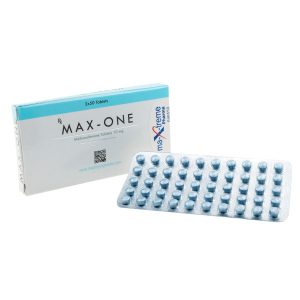
![Buy Anavar [Alpha Pharma Oxanabol] Oxanabol](https://progainer.club/wp-content/uploads/Oxanabol-300x300.webp)
